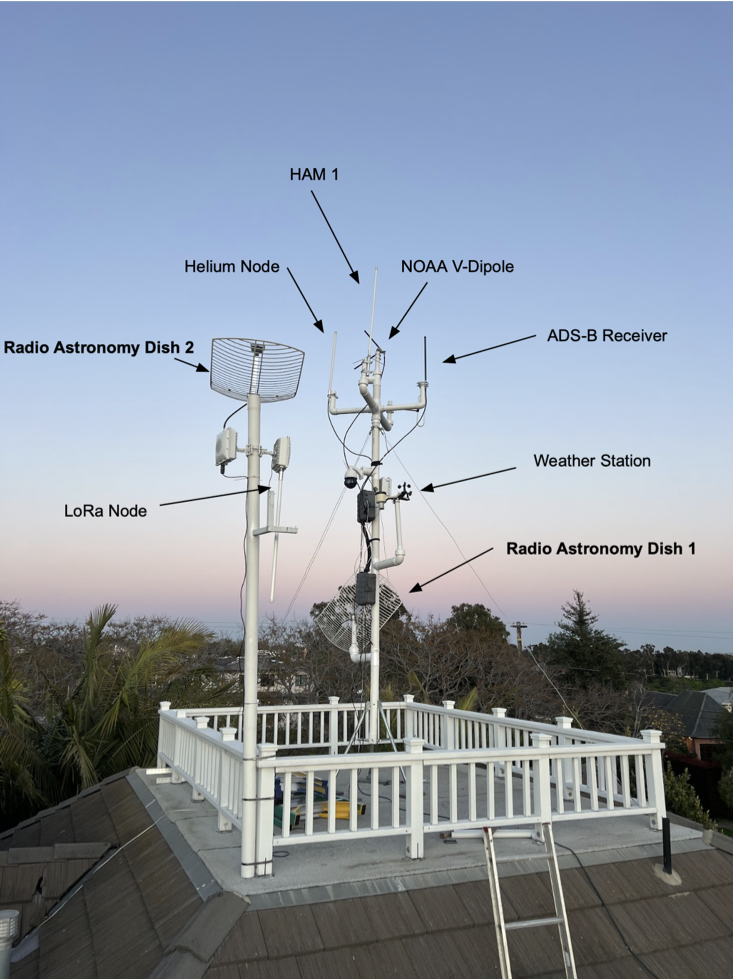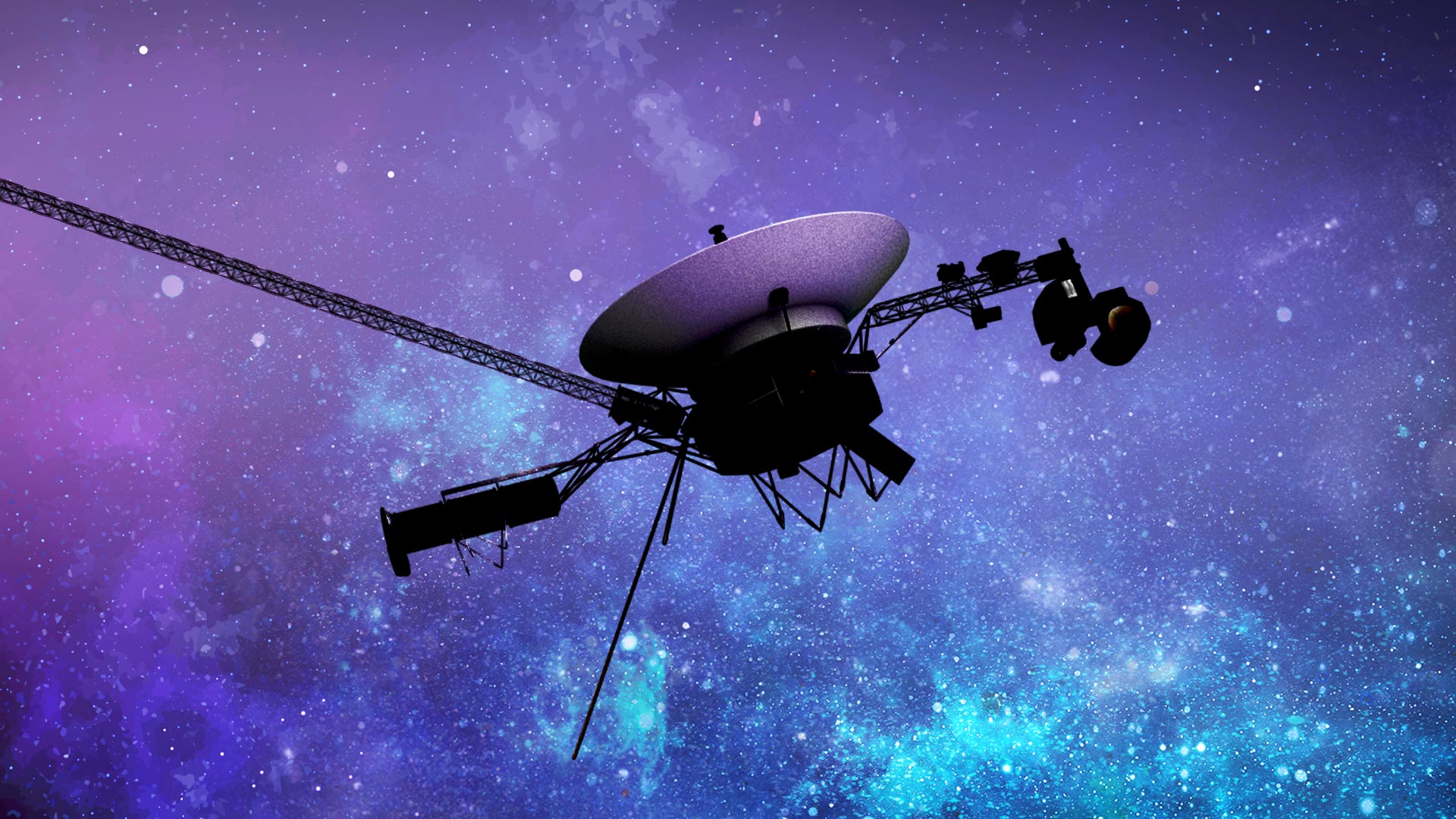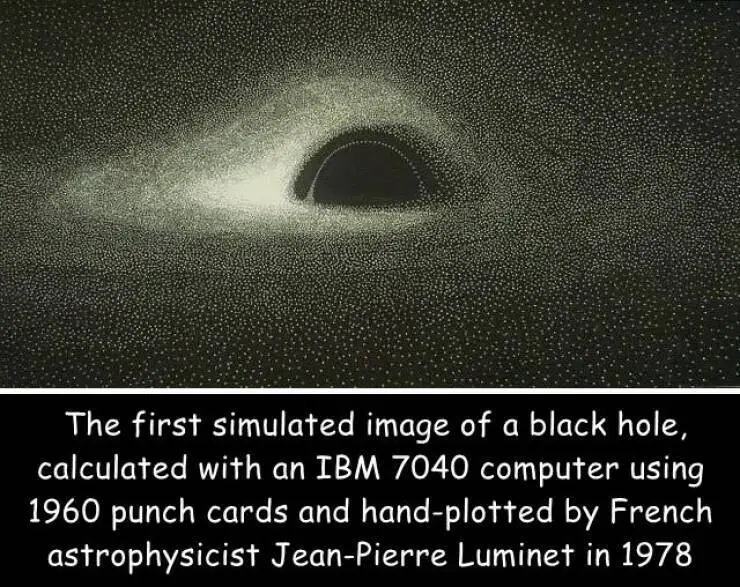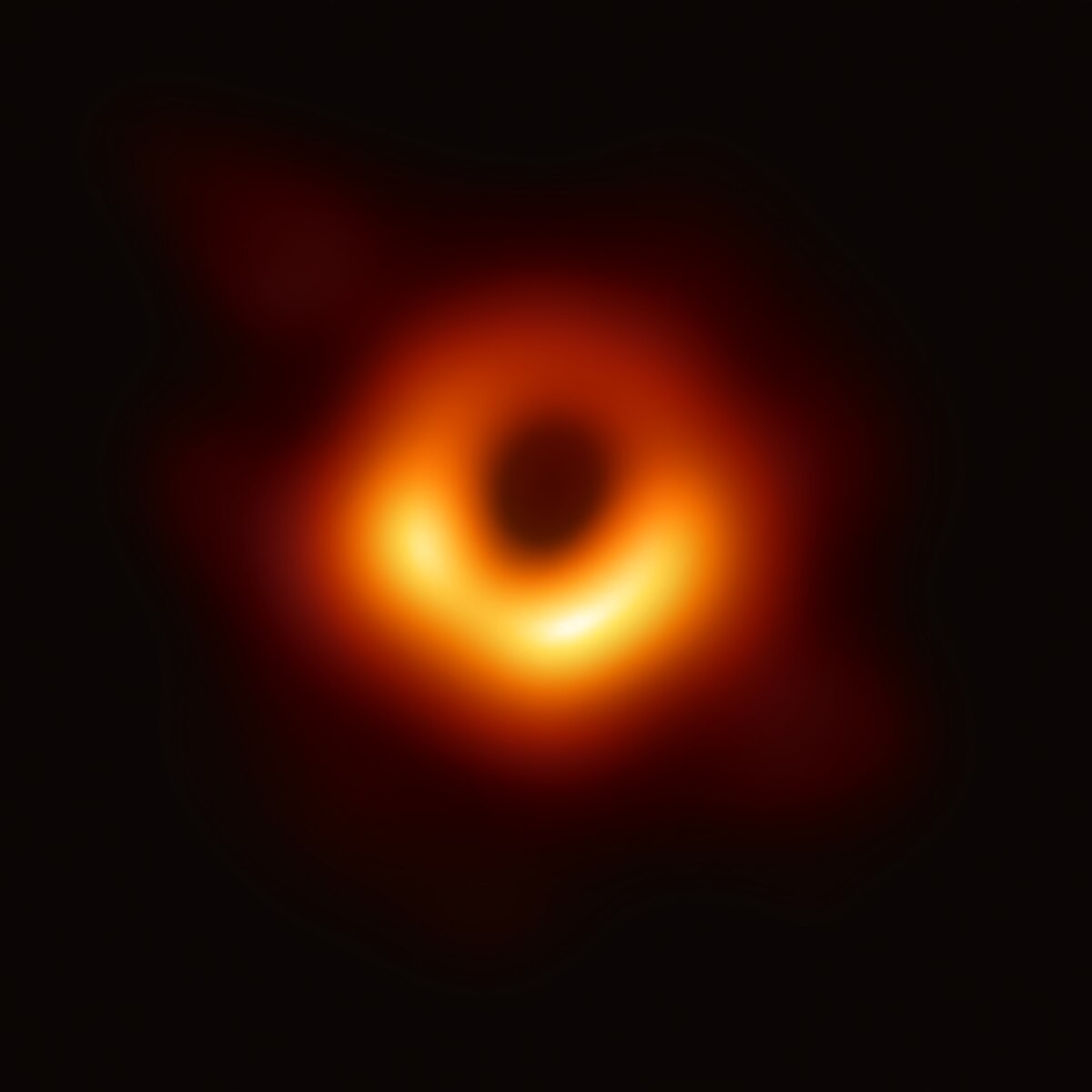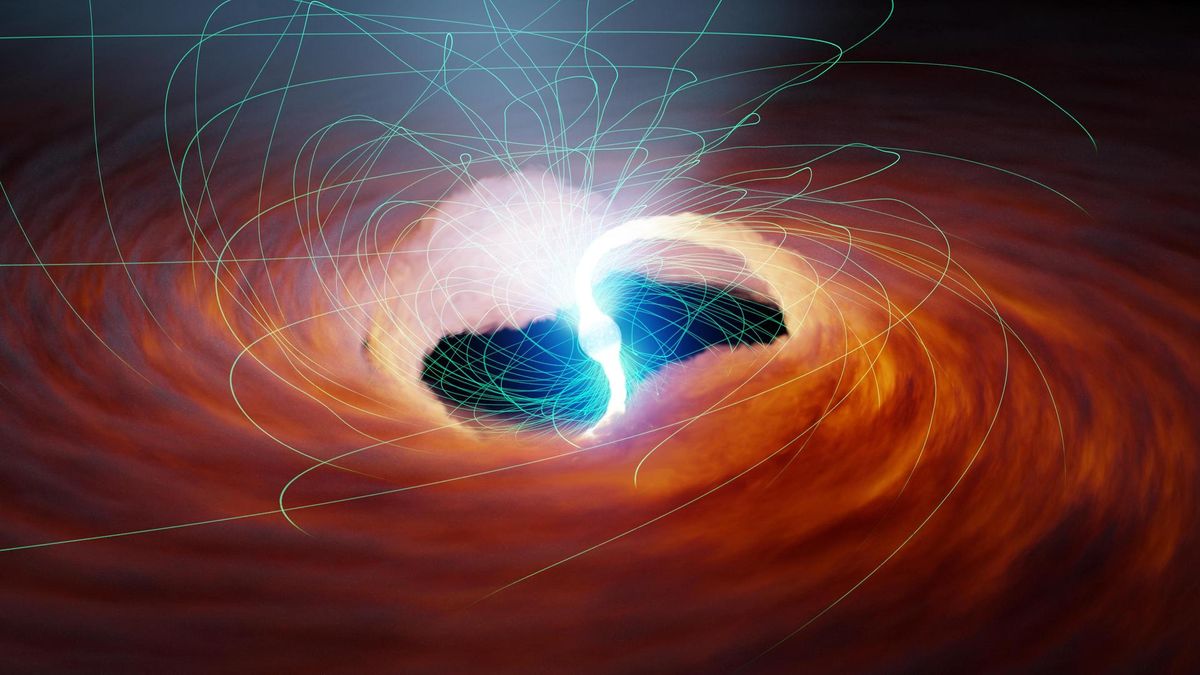This remains my philosophically-favourite explanation for dark matter because it would effectively mean that both sides are right : yes, gravity needs to be modified, but yes, dark matter could behave very much like a particle. But why people insist on waving it away entirely, I don't know.
“My own inspiration came from my pursuit for another solution to the gravitational field equations of general relativity — the simplified version of which, applicable to the conditions of galaxies and clusters of galaxies, is known as the Poisson equation — which gives a finite gravitation force in the absence of any detectable mass,” said Lieu. “This initiative is in turn driven by my frustration with the status quo, namely the notion of dark matter’s existence despite the lack of any direct evidence for a whole century.”
It's more like 50 years at best. Evidence before the 1970s was incredibly weak and most of it just wrong, which is why it wasn't taken seriously. And for direct evidence I don't think even 50 years is a good figure. How long have we had experiments capable of detecting any plausible candidate particles ? My guess is probably 20, 30 years, not much more than that. And the search for gravitational waves took even longer. Some things are just plain hard to find. Which is why my overall favourite explanation remains some as-yet-unknown particle or combination of particles.
Dr. Lieu contends that topological defects could have formed during one of these phase transitions. These defects can take the shape of shell-like compact regions where matter density is much higher. When arranged in concentric rings, these defects behave like gravity but don’t have mass.
“It is unclear presently what precise form of phase transition in the universe could give rise to topological defects of this sort,” Lieu says. “Topological effects are very compact regions of space with a very high density of matter, usually in the form of linear structures known as cosmic strings, although 2-D structures such as spherical shells are also possible. The shells in my paper consist of a thin inner layer of positive mass and a thin outer layer of negative mass; the total mass of both layers — which is all one could measure, mass-wise — is exactly zero, but when a star lies on this shell it experiences a large gravitational force pulling it towards the center of the shell.”
Ho-hum. And this is better than a new sort of particle because why, exactly ? What observations does it explain that existing models can't ?
#Science
#Space
#Astrophysics
https://www.universetoday.com/167332/if-gravity-can-exist-without-mass-that-could-explain-dark-matter/

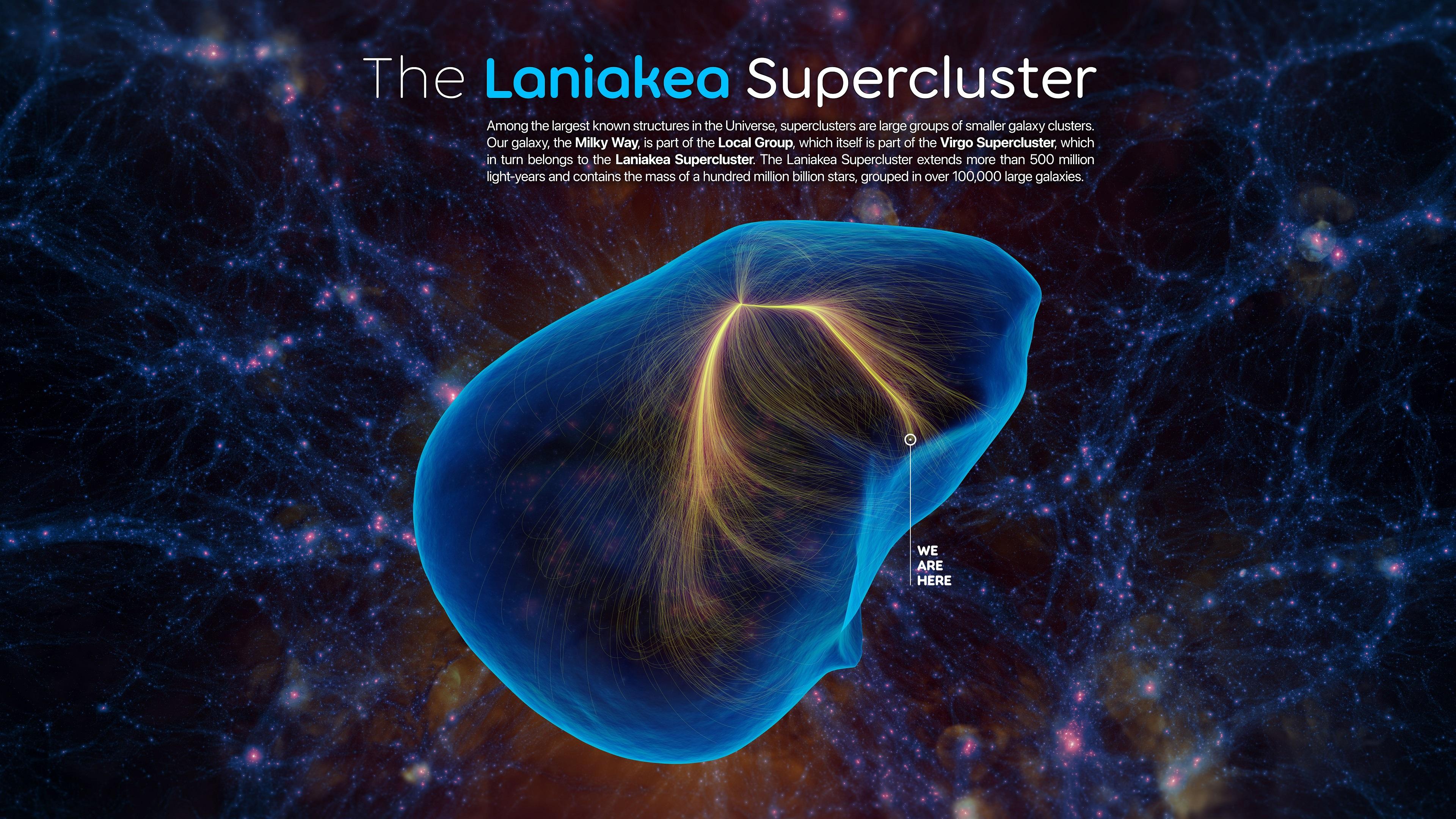
/https%3A%2F%2Ftf-cmsv2-smithsonianmag-media.s3.amazonaws.com%2Ffiler_public%2Fec%2Fab%2Fecaba9cd-fee7-4002-996c-4ded7a8487fd%2Fpia17462medium.jpg)
